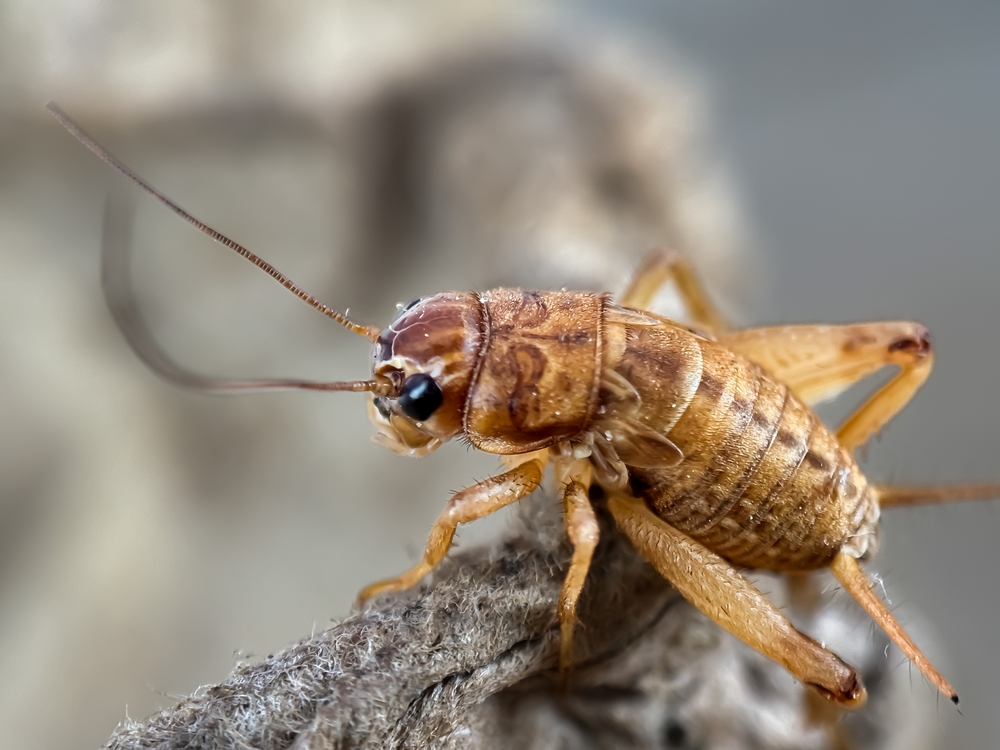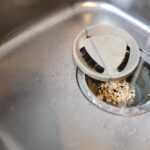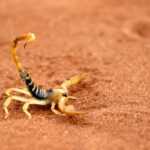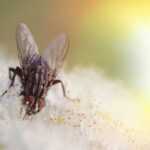House Cricket Facts & Tips for Your Home
Learn about house crickets, their habits, sounds, and how to manage them at home. Simple tips to keep your space peaceful and cricket-free.
House Cricket Guide: Identification, Risks, and Control Methods
House crickets are common pests known for their loud chirping and potential damage to homes. This comprehensive guide will help you identify house crickets, understand the risks they pose, and learn effective control methods for managing house cricket infestations. By understanding house cricket behavior, you can take proactive steps to minimize their impact.
- House crickets are identifiable by their light yellowish-brown color, three dark cross bands on their head, and chirping behavior, primarily active at night.
- They thrive in warm, moist environments and can cause damage to fabrics and wallpaper if infestations are not controlled.
- Effective control methods include using baits, vacuuming, and sealing entry points, while minimizing moisture around the home prevents future infestations.
Identifying House Crickets
House crickets, scientifically known as Acheta domesticus, are easily recognizable by their light yellowish-brown color and three dark cross bands on their head. These insects typically range in size from 16 to 21 mm, making them relatively small but noticeable.
Male house crickets are known for their loud chirping, produced by rubbing their front wings together. This calling song is used to attract females and establish territory. Female house crickets do not chirp, which helps distinguish between the sexes.
Identifying house crickets enables prompt action, preventing minor issues from escalating into major infestations.
Habitats of House Crickets
House crickets prefer warm, moist environments that offer plenty of shelter and easy access to food. Common indoor habitats include basements, crawl spaces, and areas near electric lights. They often seek warm places during cold weather to survive, as they do not have a special overwintering stage.
Outdoors, house crickets are frequently found near garbage dumps and other moist environments. Reducing outdoor lighting or switching to yellow bug lights can make your property less attractive to these nocturnal insects.
Eliminating debris and trimming vegetation in your yard reduces potential hiding spots for crickets, helping keep them at bay.
What Do House Crickets Eat?
In the wild, house crickets feed on organic materials such as rotting leaves, fruits, vegetables, and other insects. Indoors, house crickets eat a variety of items, including fabrics and wallpaper glue.
They particularly stain clothing and damage fabrics made from natural fibers like wool, cotton, and silk. Understanding their dietary habits helps in preventing and managing infestations.
Life Cycle of House Crickets
The life cycle of house crickets begins with eggs laid in damp substrates such as sand or peat moss. Juveniles resemble adults but are smaller and wingless. Under optimal conditions, with temperatures between 80°F to 90°F, house crickets develop from egg to adult in about two to three months.
Knowing their life cycle aids in effective control by targeting the right stages of their development and interrupting their population growth.
Nocturnal Behavior and Chirping
House crickets are nocturnal, meaning they are most active at night. Male house crickets produce a loud calling song by rubbing their front wings together to attract females. This chirping can be persistent and loud, often disrupting sleep.
Their nocturnal nature also means they are attracted to electric lights, which is why they are often found near light sources in homes.
Are House Crickets Harmful?
While house crickets pose no significant health risks to humans, their presence can be a nuisance. The loud chirping of males can disturb sleep, and their feeding habits can cause damage to fabrics and other household items.
They can stain clothing and damage areas covered in fabric, especially those made of natural fibers. Early detection and control are important to prevent property damage.
House Cricket Infestation Signs
The most obvious sign of a house cricket infestation is the persistent chirping noise at night. Seeing stray crickets inside your home is another clear indicator.
Additionally, damage to fabrics and stained clothing may signal cricket activity. Early identification allows for timely pest control measures, preventing minor issues from escalating.
Controlling House Cricket Infestations
Effective control methods include using baits formulated for cockroaches or earwigs, vacuuming crickets and their eggs, and sealing entry points such as cracks around windows and doors.
Reducing moisture in and around your home and minimizing outdoor lighting can also help prevent future infestations. For thorough inspections and tailored treatment strategies, contacting a licensed pest control professional is advisable.
House Crickets in Pet and Research Industries
Beyond being pests, house crickets play a significant role in the pet and research industries. They are widely used as a nutritious protein source in pet foods and as feed for reptiles and amphibians.
Their use in research stems from their unique behaviors and life cycle, making them valuable for scientific studies.
Preventing Future Infestations
To prevent future infestations, use dehumidifiers in damp areas, seal gaps in windows and doors, and reduce outdoor lighting attraction by switching to yellow bulbs. For professional pest control, consider contacting local experts.
Regular inspections and home maintenance are key to keeping your home cricket-free.
House crickets are more than just noisy nuisances. Understanding their identification, habitats, diet, life cycle, and behaviors is essential for effective management and prevention of infestations.
Frequently Asked Questions
What do crickets eat?
Crickets are omnivores, feeding on plants, insects, and organic matter such as rotting leaves and fruits. Indoors, they may consume fabrics and wallpaper glue.
What does it mean when a cricket is in your house?
In some cultures, a cricket in your house symbolizes good luck and prosperity, believed to bring positive energy and fortune.
Are house crickets harmless?
House crickets are generally harmless to humans, with bites being rare and usually harmless. However, they can carry diseases and damage textiles, so managing their presence is wise.
Is a house cricket a roach?
No, a house cricket is not a roach. They are different species with distinct behaviors and risks.
How can I identify house crickets?
Look for a light yellowish-brown cricket about 16 to 21 mm long, with three dark cross bands on its head and males producing a loud chirping sound by rubbing their front wings together.



